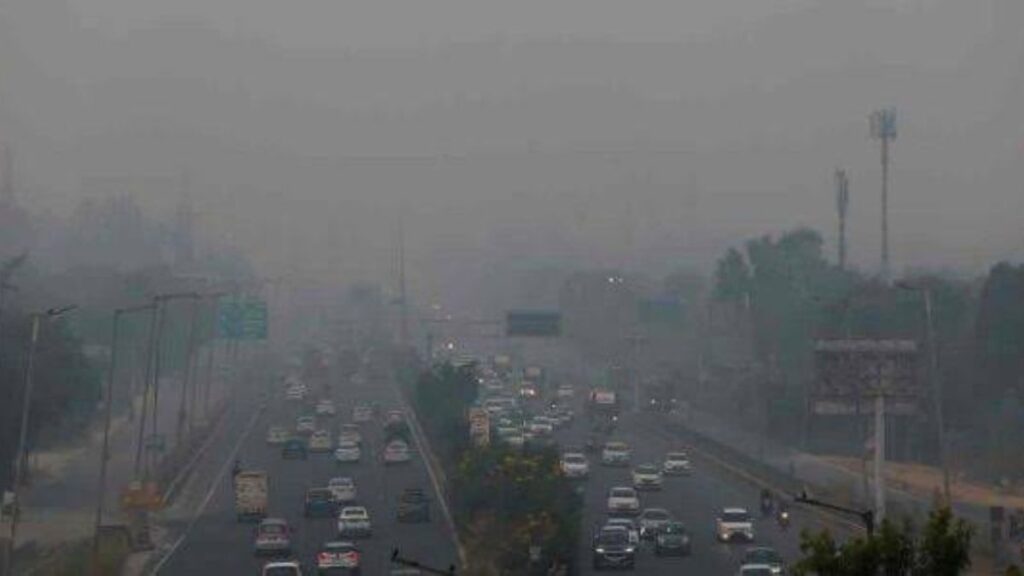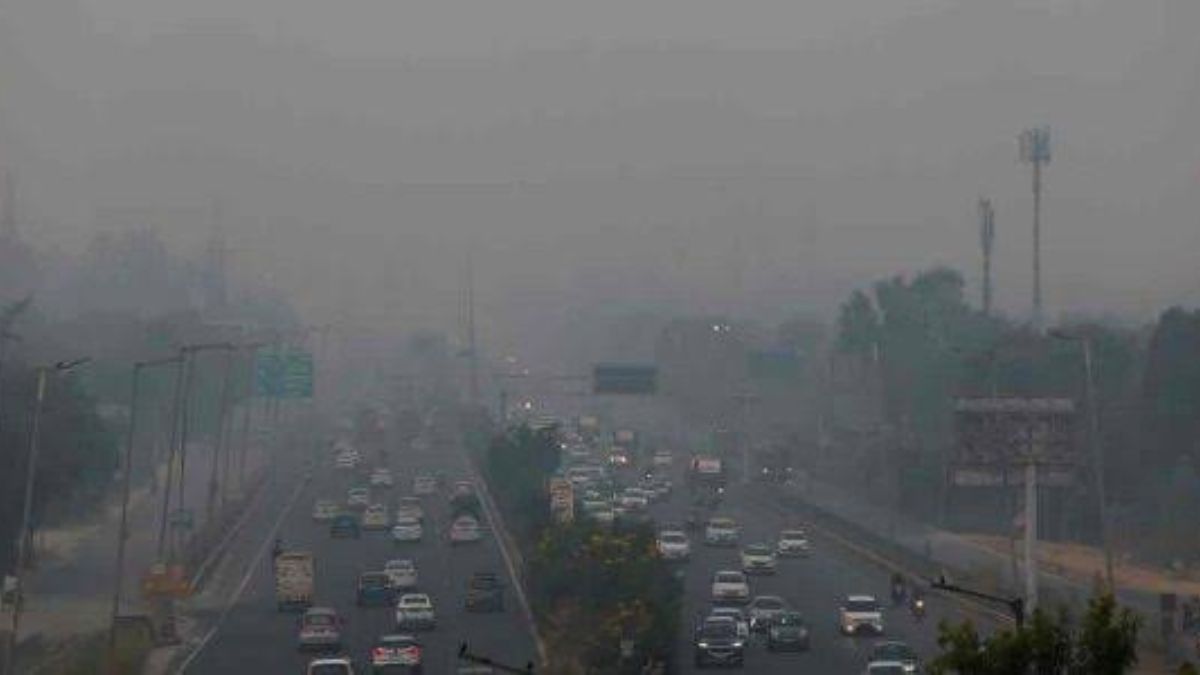
The air quality in Delhi continued its downward spiral on Monday, with pollution levels reaching hazardous peaks in various areas. Notably, the AQI (Air Quality Index) in Anand Vihar climbed above 600, marking the worst air quality in the city this season, while the overall AQI for the national capital settled at 317 at 8 a.m., according to data from AQIcn. These levels far exceed the World Health Organization’s (WHO) safe limits, with PM2.5 levels reported at 59 times higher than the WHO-prescribed danger threshold, posing severe health risks.
Alarming AQI Levels Across Delhi Neighborhoods
The city’s AQI is categorized into several levels based on severity. For instance, AQI between 200 and 300 is deemed ‘poor,’ between 301 and 400 ‘very poor,’ between 401 and 450 ‘severe,’ and above 450 is considered “severe-plus.” Areas that recorded extremely hazardous air quality on Monday morning included:
- Anand Vihar: AQI 627 (Hazardous)
- Alipur: AQI 388 (Hazardous)
- Punjabi Bagh: AQI 319 (Hazardous)
- Narela: AQI 372 (Hazardous)
- Bawana: AQI 368 (Hazardous)
- ITI Shahdara: AQI 408 (Hazardous)
- RK Puram: AQI 268 (Very Poor)
Delhi Government’s Measures Against Pollution
To combat this toxic air, Delhi’s Environment Minister Gopal Rai announced the deployment of 200 mobile anti-smog guns across the city. These guns will operate in three shifts, spraying water to control dust in all assembly constituencies. Rai highlighted the government’s ongoing efforts, focusing on managing dust pollution, vehicle emissions, and biomass burning, with teams actively addressing these pollutants on the ground.
Impact of Stubble Burning
In previous years, stubble burning has been a significant contributor to Delhi’s post-Diwali pollution spikes. This year, however, the practice’s impact has decreased notably, making up only 15% of Delhi’s air pollution on Saturday—a significant reduction from Friday’s 35%, as reported by India Today. Despite this improvement, Delhi’s air quality remains heavily impacted by other factors.
Health Risks and Warnings
Prolonged exposure to such high pollution levels is known to pose severe health risks, including potential lung and brain damage. As winter approaches, the stagnant weather conditions are expected to worsen the pollution levels further, setting off alarm bells across the city as the Delhi government continues its efforts to tackle the toxic air.
Both local authorities and environmental groups urge residents to exercise caution and limit outdoor activities, particularly for vulnerable groups such as children, the elderly, and those with respiratory issues.
Sources By Agencies


